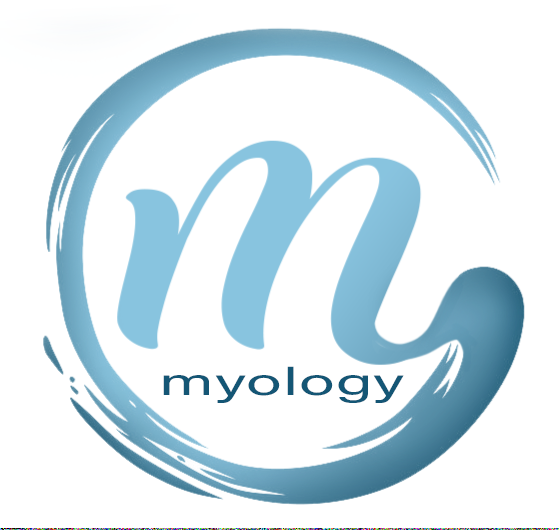What is Myofunctional Therapy?
Orofacial Myofunctional Therapy (OMT) utilizes neuromuscular re-education exercises to normalize the development or function of craniofacial structures. This encompassing approach involves studying, researching, preventing, evaluating, and treating functional and structural abnormalities in the mouth (oro), face (facial), and neck regions (oropharyngeal area). Central to myofunctional therapy are personalized exercises designed to strengthen muscles in these areas and guide them toward proper function. The jawbones, being among the most dynamic bone structures in the body, exhibit high responsiveness to the forces applied by the muscles strengthened during myofunctional therapy.
This holistic method can enhance various aspects of health, including breathing, bite alignment, and overall well-being, akin to physical therapy for facial and mouth muscles. The process begins with a thorough diagnosis to understand the individual's specific needs. Then, A tailored treatment plan is devised, integrating targeted myofunctional exercises to address each person's unique challenges. The objective is to improve breathing, alleviate discomfort, and ultimately enhance the individual's quality of life.
Orofacial Myofunctional Therapy is a treatment that can be beneficial for individuals of all ages. Although commonly associated with children and young adults, the therapy has proven advantages for people of all ages. It is particularly useful for adults who may develop myofunctional dysfunction due to late jaw growth, worsening malocclusion, or other factors such as tooth loss.
One significant advantage of this therapy is how easy it is to implement. In most cases, it involves a few daily exercises that can be conveniently performed at home. Additionally, it is non-invasive, making it a safe and effective treatment option for patients of all ages.
How We Can Help
Benefits of Myofunctional Therapy
Orofacial Myofunctional Therapy may lead to:
- Improved speech (although OMT is not speech therapy)
- Reduction in teeth grinding
- Reduced nasal obstruction
- Reduction in sleep apnea episodes
- Straighter teeth
- Enhanced facial symmetry
- Improved posture
- Proper breathing
- Better sleep quality
- Improved attention span
- Enhanced ability to move oral muscles properly
- Increased tone and mobility of oral structures
- Correct use of oral structures
- Elimination of nail-biting and other oral habits
- Reduction in teeth grinding
- Reduced nasal obstruction
- Reduction in sleep apnea episodes
- Straighter teeth
- Enhanced facial symmetry
- Improved posture
- Proper breathing
- Better sleep quality
- Improved attention span
- Enhanced ability to move oral muscles properly
- Increased tone and mobility of oral structures
- Correct use of oral structures
- Elimination of nail-biting and other oral habits
Orofacial Myofunctional Therapy may benefit individuals experiencing:
- Sleep apnea
- Upper Airway Resistance Syndrome
- Sleep disturbed breathing/Snoring
- Tongue-tie
- TMJ pain
- Orthodontic Relapse
- Craniofacial growth and appearance concerns
- Headache and other facial/neck tension or pain
- Dental malocclusion (poor alignment of teeth)
- Gastrointestinal issues/GERD
- Thumb sucking or pacifier use
- Nail biting and other oral habits
- Upper Airway Resistance Syndrome
- Sleep disturbed breathing/Snoring
- Tongue-tie
- TMJ pain
- Orthodontic Relapse
- Craniofacial growth and appearance concerns
- Headache and other facial/neck tension or pain
- Dental malocclusion (poor alignment of teeth)
- Gastrointestinal issues/GERD
- Thumb sucking or pacifier use
- Nail biting and other oral habits
How do I know if my child or I need myofunctional therapy?
If you or your child are experiencing any of the following concerns, myofunctional therapy may be beneficial:
- Tongue pushing forward while swallowing
- Messy eating habits
- Tongue sticking out between the front teeth while at rest
- Lips apart and jaw hinged open while watching TV or reading a book
- Tongue feeling "tied" to the floor of the mouth or inability to stick tongue out
- Mouth breathing
- Nighttime snoring, congestion, teeth grinding, or teeth clenching
- Constantly dry or chapped lips
- Forward head posture with rounded shoulders (slouching)
- Difficulty pronouncing specific sounds despite undergoing speech therapy for years
- Persistent habit of putting things in the mouth, such as fingers, pens, clothing, etc.
- Difficulty with focusing, such as problems with attention in school.
Have Questions?
Please visit the FAQ page to learn more about what to expect, how the process works, and billing and insurance questions.
